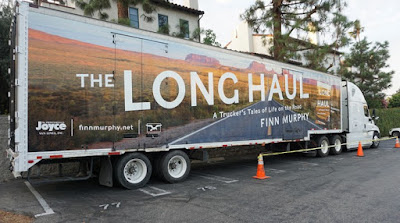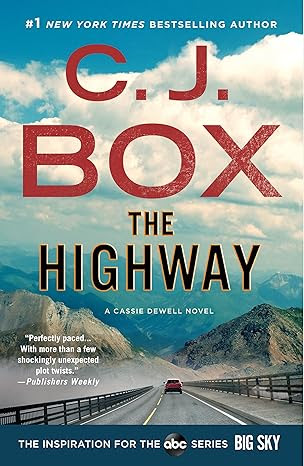ASIANS and PACIFIC ISLANDERS and the CIVIL WAR by the National Park Service
Published in 2015 by Eastern National
A year and a half ago I visited the Lincoln home at Springfield, Illinois (a great place, by the way) and in the visitors center I found this book. I was intrigued for three reasons: 1) the Park Service books are always beautifully put together, like a National Geographic with lots of color pictures; 2) I knew nothing about any Asian participation in the Civil War - I figured there had to be some because the war was so vast and involved so many people - but I knew nothing about them; 3) This was the physically largest book in the series - even bigger than the books on the Underground Railroad and American Indians in the Civil War - two areas that are well documented.
This book continues in the tradition of being beautiful visually. It is written as a series of articles, each telling a part of the overall story and each article is illustrated with high quality photos. However, the articles are often overlapping, with mentions of some of the same men in multiple articles, sometimes repeating the same information.
I did learn a few things, though. I had never heard of the "Pacific Pig Trade" before this book. It was an attempt to circumvent the official international prohibition on trade in African slaves by bringing in contract labor from China. Many of them went to Cuba. However, many of these laborers did not voluntarily sign these labor contracts and they were bought and sold like the African slaves were. Many were tied up for their trip in the same nets that were used to haul pigs, thus the name Pacific Pig Trade.
There was also a lot of confusion as to how to classify the Asian volunteers that stepped forward. This was a world that categorized everyone by race and nationality, sometimes even measuring people down to 1/64 of African blood in order to properly classify people. Were Asians to be considered people of color, forced to serve in segregated units? Where they white? Did it matter? Turns out, there was no official policy, most likely because there weren't enough Asian volunteers to force the government to make one. So, it depended on the local recruiting officer and the men that the Asian volunteer would serve with.
For me, the most interesting story was that of Chang and Eng Bunker (1811-1874). These brothers were the origin of the term Siamese Twins. After touring the country in an exhibition, they settled in Mount Airy, North Carolina (later it served as the inspiration for Andy Griffith's fictional Mayberry) They married, bought plantations and had lots of children - two of whom served in the Civil War as Confederate soldiers. Between them, the brothers had 33 slaves and were outspoken supporters of the Confederacy.
The main issue that I have with the book is that it is very repetitive. There were simply is not enough original material to fill a book of this size so the articles tend to overlap, as I already noted above. This book would have been well-served to have an editor put together articles and make the book tighter.
I rate this book 3 stars out of 5. It can be found on Amazon.com here: Asians and Pacific Islanders and the Civil War.












Comments
Post a Comment